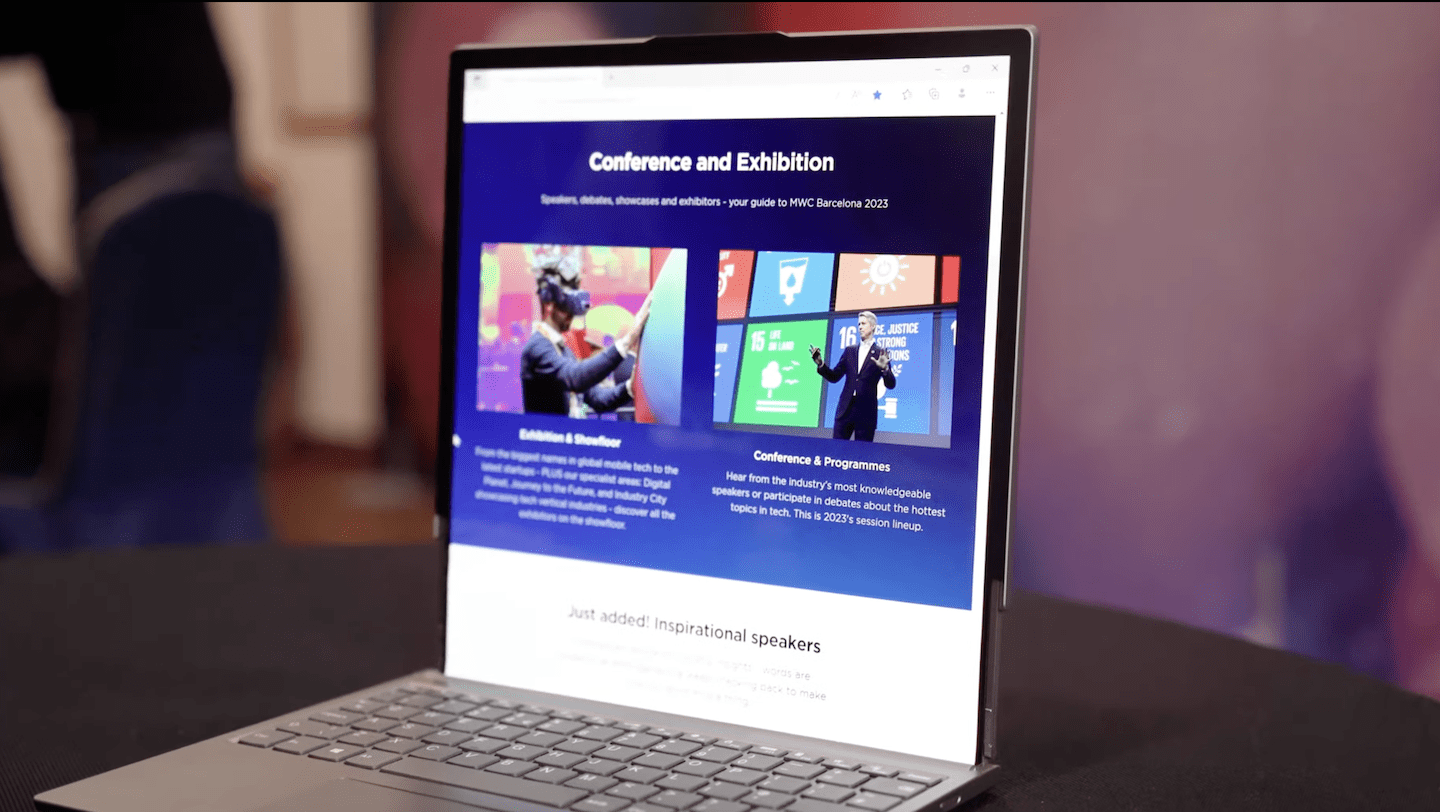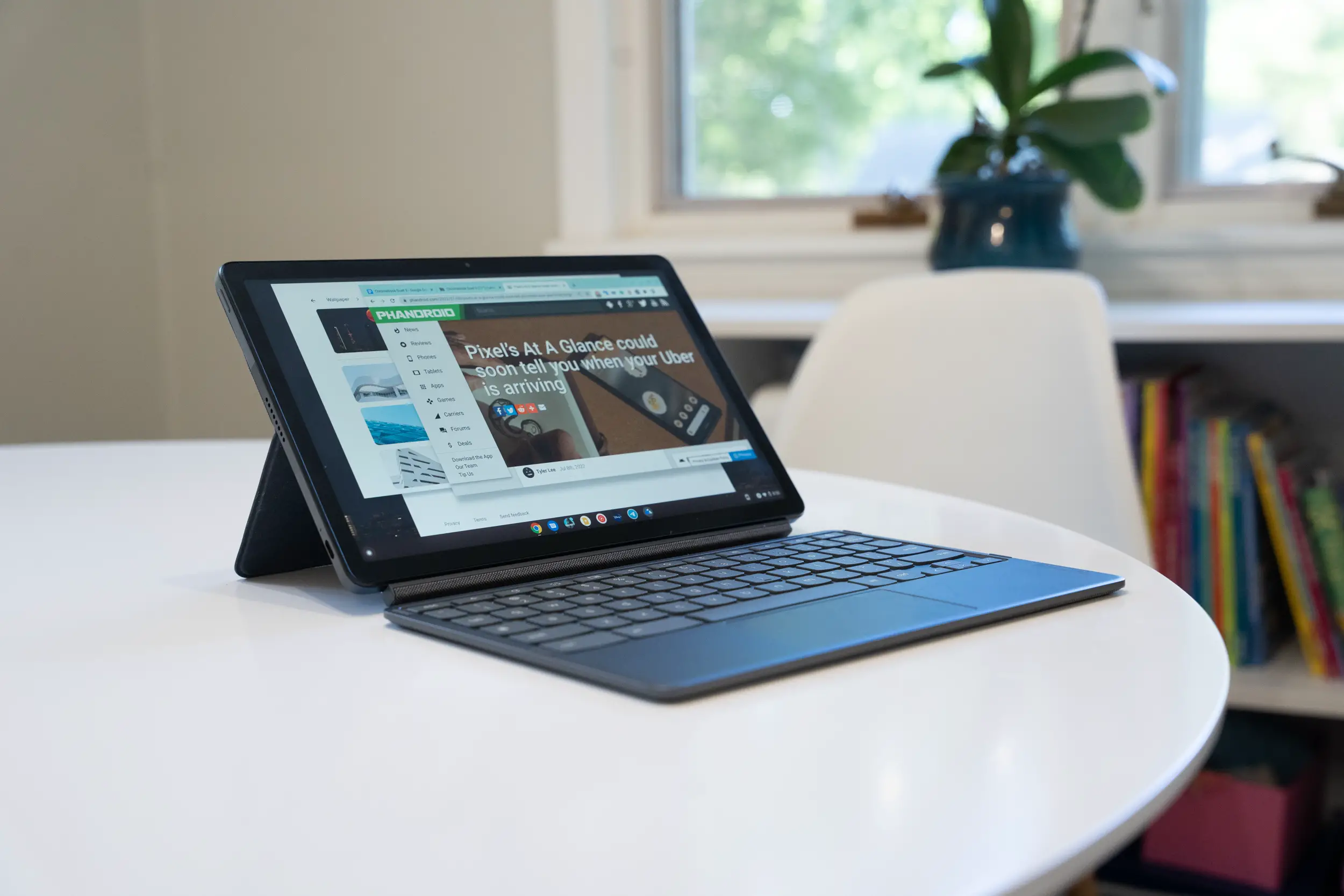Depending on your carrier, the coverage you get in some areas might be better than others. This is because depending on the demographic, carriers may invest in more cell towers in some areas compared to other areas.
Since Google Fi piggybacks off other carriers to provide coverage to its users, to a certain extent you could say that their coverage is at the mercy of carriers, but that is changing soon thanks to the rollout of Google’s new W+ network. These are essentially WiFi hotspots that Google Fi users can connect to if they’re finding their existing coverage to be a bit lacking.
Keep in mind that even though you might connect to a W+ WiFi network, it doesn’t mean that you’re off the hook for data consumption. It seems that even though users hook onto the W+ network, any data they use will still count towards their data cap, it’s just meant to be an alternative way of providing internet coverage for users.
According to Google, unlike more traditional WiFi networks that you automatically connect to when you’re in range, the company says that they perform real-time analysis to determine the strength of your current connection, and will only connect to the W+ network when needed.
At the moment, it seems that only Google’s first-party devices running Android 12 or later will be able to connect to the W+ network, so third-party devices are out of luck for now.
Source: 9to5Google











Comments